
Why Do We Get Pins and Needles and How Can We Prevent It in 2024?
Introduction
Ah, the delightful sensation of pins and needles! You know, that prickly feeling that creeps up your arm or leg after you’ve been sitting a bit too long? It’s like a swarm of tiny ants is having a dance party on your skin. Most of us have experienced this peculiar sensation, officially known as paresthesia. But why does it happen? And how can we avoid these unwelcome little visitors in the future?
Paresthesia is usually harmless and often triggered by pressure on nerves. You might feel it when you’ve been sitting cross-legged for hours, or your arm is twisted awkwardly under your head while you nap. Change your position, and voilà! The ants — I mean, the tingling — usually goes away. But sometimes, the sensation lingers longer than you’d like, making you wonder if something more serious is at play.
So, what causes this pesky phenomenon? Is it just your body’s way of reminding you to move, or could it be a sign of something more sinister? In this blog post, we’ll unravel the mysteries of pins and needles in a fun, informative manner. Whether you’re a chronic sitter or just curious about your body’s quirky behaviors, we’ve got the answers. Let’s dive into the world of paresthesia and discover how to keep those ants at bay in 2024!

Summary
Pins and needles, or paresthesia, is a tingling sensation often felt in the limbs. It usually occurs when pressure disrupts blood flow or nerve signals. Common triggers include sitting or lying awkwardly, which compresses nerves. These sensations are generally temporary but can indicate underlying issues if persistent.
Understanding when to seek medical advice is crucial. Temporary paresthesia is usually harmless, but if it becomes frequent or chronic, it may signal a more serious condition. Common causes range from nerve compression and blood flow issues to more serious conditions like diabetes, multiple sclerosis, or vitamin deficiencies.
Preventing pins and needles can often be achieved through lifestyle changes. Maintaining good posture, avoiding prolonged pressure on nerves, and engaging in regular exercise can help improve circulation. Simple exercises, such as stretching and wiggling your toes, can also promote blood flow and alleviate discomfort.
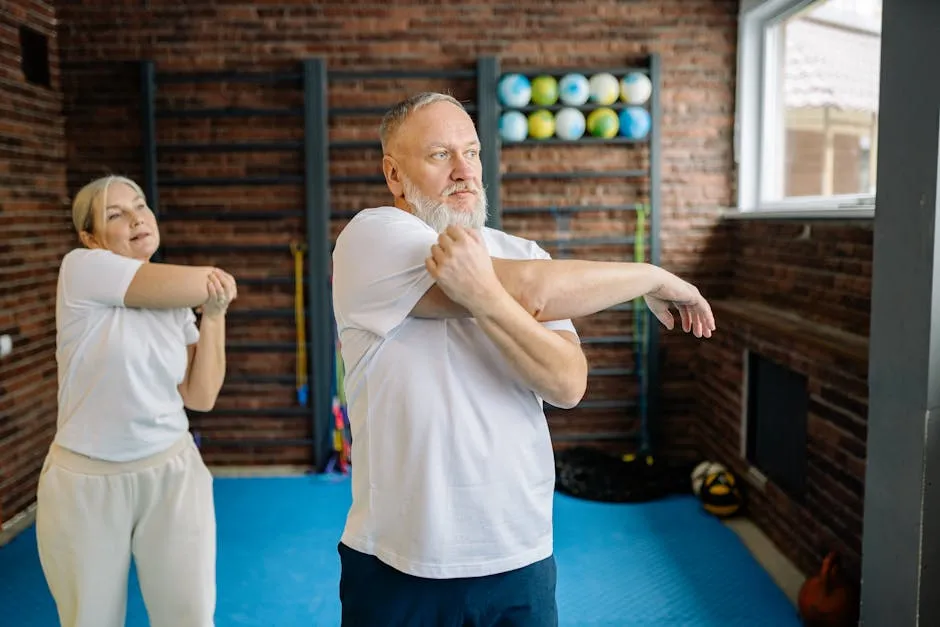
And don’t forget about hydration! Keeping a water bottle with a time marker can help you stay on track with your hydration goals. After all, hydrated nerves are happy nerves!
Emerging research in 2024 continues to shed light on the mysteries of paresthesia. Scientists are exploring new treatments and preventive measures, enhancing our understanding of nerve health. So, while the occasional tingling may be annoying, being proactive about your health can help you manage and prevent pins and needles effectively.
Understanding Pins and Needles
What Are Pins and Needles?
Ah, pins and needles! It’s that unmistakable tingling sensation that feels like a tiny army of prickly ants marching across your skin. This sensation, medically known as paresthesia, usually arrives without an invitation. You might feel it in your arms, legs, hands, or feet.
When you experience pins and needles, it can manifest as tingling, prickling, or even a burning sensation. Sometimes, it might feel like your limb has temporarily “fallen asleep.” This annoying feeling often disappears soon after you change positions or relieve the pressure causing it. Most people have had their fair share of this quirky sensation, especially after a long Netflix binge while sitting cross-legged or sleeping with an arm awkwardly pinned beneath their head.
The hands and feet are the most common culprits, but arms and legs often join the party. Picture it: you’re sitting comfortably, and then suddenly, your leg feels like it’s been invaded by a million tiny needles. While the sensation can be quite bothersome, it’s usually harmless and resolves relatively quickly.
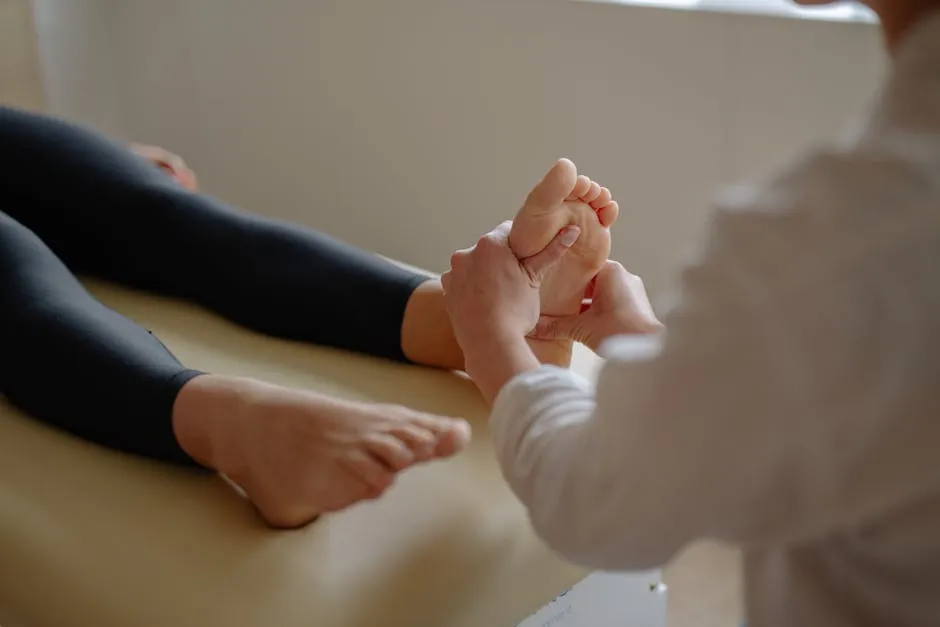
The Biological Mechanism
So, what’s happening beneath the surface? Imagine your nerves as electrical wires, wiring up your body to the brain. When you put pressure on those wires, it’s like crimping a garden hose — water flow stops! In this case, the “water” is the essential nerve signals that carry information from your limbs to your brain.
When you rest in an awkward position, the blood flow to the nerves gets compromised. This leads to a temporary blockage of signals, causing that delightful pins and needles sensation. Once you shift or relieve the pressure, blood rushes back to the area, and your nerves start firing again, bringing back normal feeling. It’s a bit like turning the lights back on after a power outage. The result? The prickly sensation fades away, and you can go back to your business — until the next time you forget to change positions!
Chronic Causes
Chronic pins and needles can be annoying, but they may signal something more serious. Here are some common culprits:
- Diabetes and Peripheral Neuropathy: Diabetes can wreak havoc on your nerves. Over time, high blood sugar levels can damage the peripheral nerves, leading to a condition known as diabetic neuropathy. This can result in persistent pins and needles, especially in the feet and hands.
- Multiple Sclerosis and Other Neurological Disorders: Multiple sclerosis (MS) is a tricky condition. It occurs when the immune system attacks the protective sheath covering nerves. This disruption can lead to a range of symptoms, including chronic tingling sensations. Other neurological disorders may also cause persistent paresthesia.
- Vitamin Deficiencies (Especially B12): Don’t underestimate the power of vitamins! A deficiency in vitamin B12 can lead to nerve damage, causing that pesky pins and needles feeling. This is especially common among vegetarians and the elderly, who may not get enough of this essential nutrient. Consider adding Vitamin B12 supplements to your diet for nerve health!
- Alcohol or Drug Use Affecting Nerve Health: Excessive alcohol consumption can lead to nerve damage, resulting in pins and needles. Similarly, certain drugs can impact nerve health, contributing to chronic paresthesia. Moderation is key!
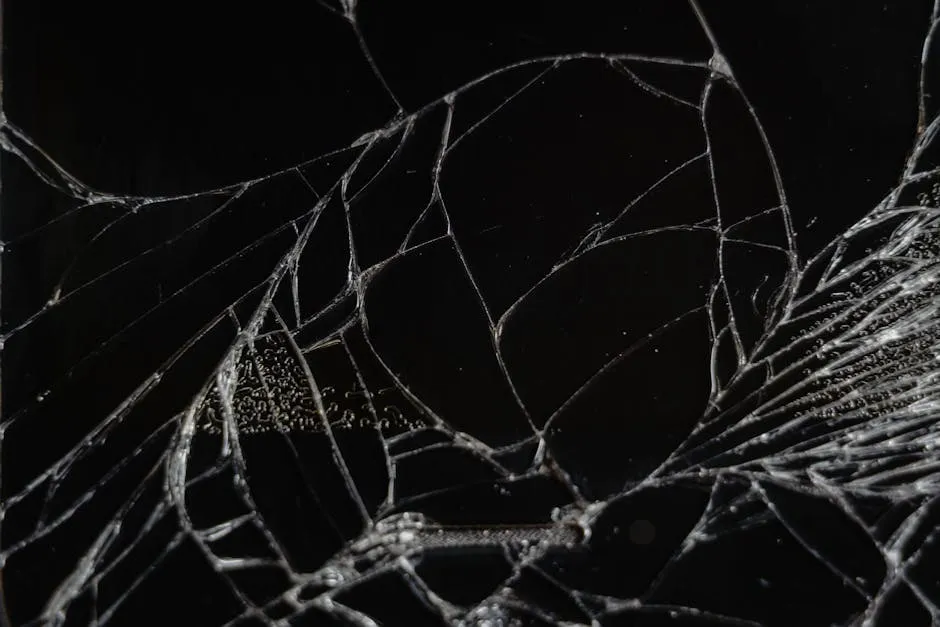
When to Seek Medical Attention
While occasional pins and needles are typical, certain signs should raise alarms. If you experience sudden onset accompanied by other neurological symptoms, it’s time to pay attention.
- Weakness: If you suddenly find yourself struggling to lift your arm or leg, that could be a red flag.
- Vision Changes: Blurred or double vision alongside tingling sensations isn’t a combo you want to ignore.
- Numbness Spreading: If pins and needles start in one area and spread rapidly, it’s worth consulting a healthcare professional.
- Speech Difficulties: Slurred speech or difficulty forming words can be a serious signal.
If you notice any of these symptoms, don’t hesitate to reach out to your doctor. Early intervention is crucial for addressing potential issues before they escalate. Remember, it’s better to be safe than sorry when it comes to your health!

How to Prevent Pins and Needles
Lifestyle Changes
- Maintain Good Posture: Good posture isn’t just for looks; it’s essential for your nerve health! Slouching or leaning awkwardly can compress nerves. Make sure your workstation is ergonomically friendly. An ergonomic office chair can make a world of difference!
- Regular Exercise: Get moving! Regular physical activity improves circulation, keeps your nerves healthy, and helps prevent that annoying pins and needles sensation. Aim for at least 30 minutes of moderate exercise most days. If you’re looking for a fun way to stay active, consider resistance bands for home workouts!
- Proper Footwear: The shoes you wear matter. Tight or ill-fitting shoes can compress nerves in your feet. Opt for comfortable and supportive footwear, like comfortable sneakers for all-day wear. Your feet will thank you!
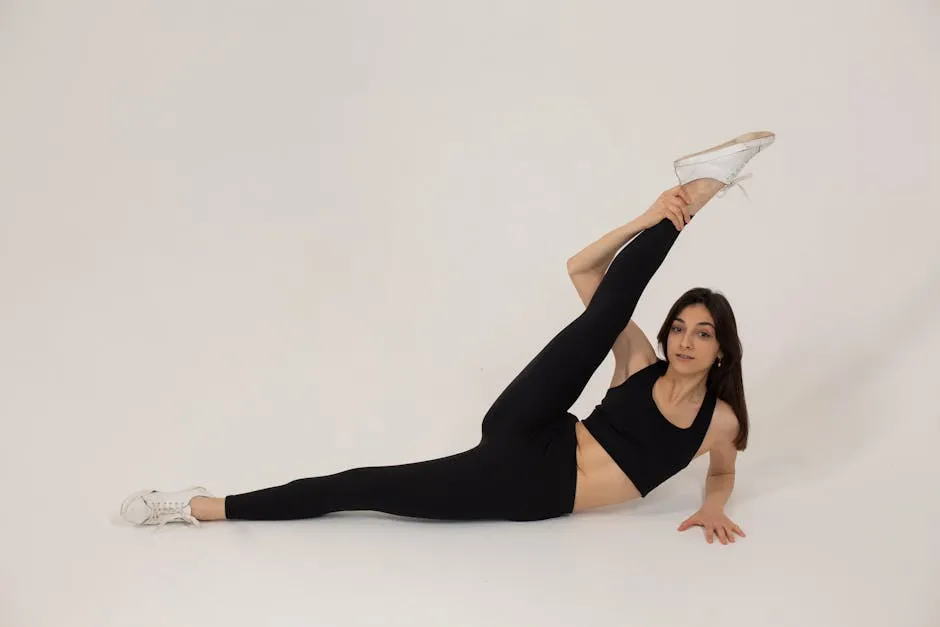
Exercises and Techniques
- Stretching and Mobility Exercises: Incorporate simple stretching into your daily routine. Focus on areas where you often experience tingling. Gentle movements can relieve pressure on nerves and improve flexibility. A stretching strap for flexibility can help you reach those tricky spots!
- Simple Movements: Don’t underestimate the power of a good shake! Shaking your limbs or wiggling your toes can stimulate blood flow and relieve sensations of pins and needles.
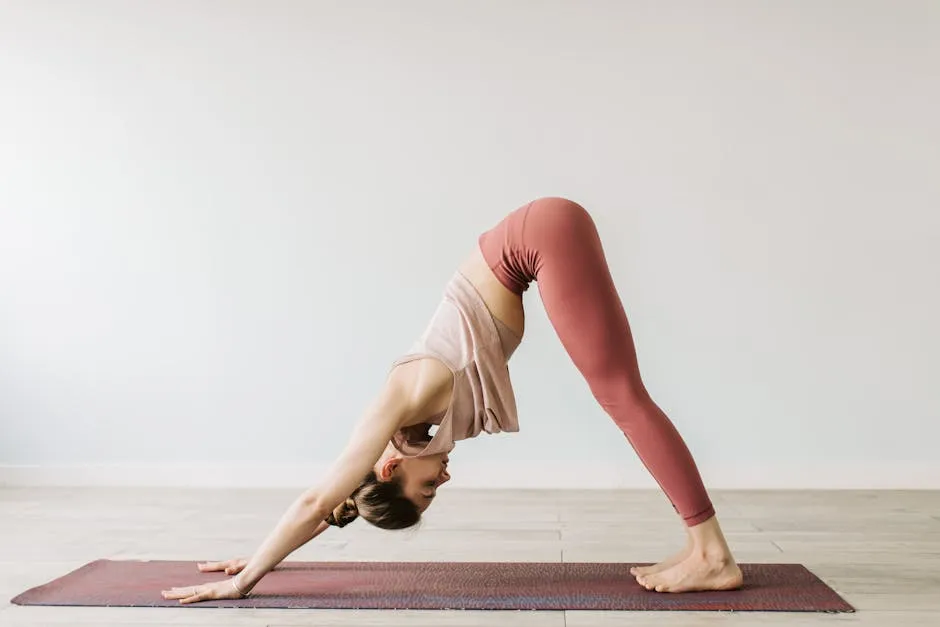
Ergonomic Adjustments
- Workstation Setup: If you spend hours at a desk, ensure your chair supports your back and promotes good posture. Your feet should sit flat on the ground, and your arms should be at a comfortable angle while typing. If you’re on a screen all day, consider blue light blocking glasses to reduce eye strain!
- Sleeping Positions: Your sleep position can affect nerve health. Avoid sleeping with your arms under your head or in a way that compresses your limbs. Experiment with different positions to discover what feels best.
By adopting these lifestyle changes, you can often reduce the frequency of pins and needles and improve your overall nerve health. It’s all about taking small steps to keep your body happy and tingling-free!
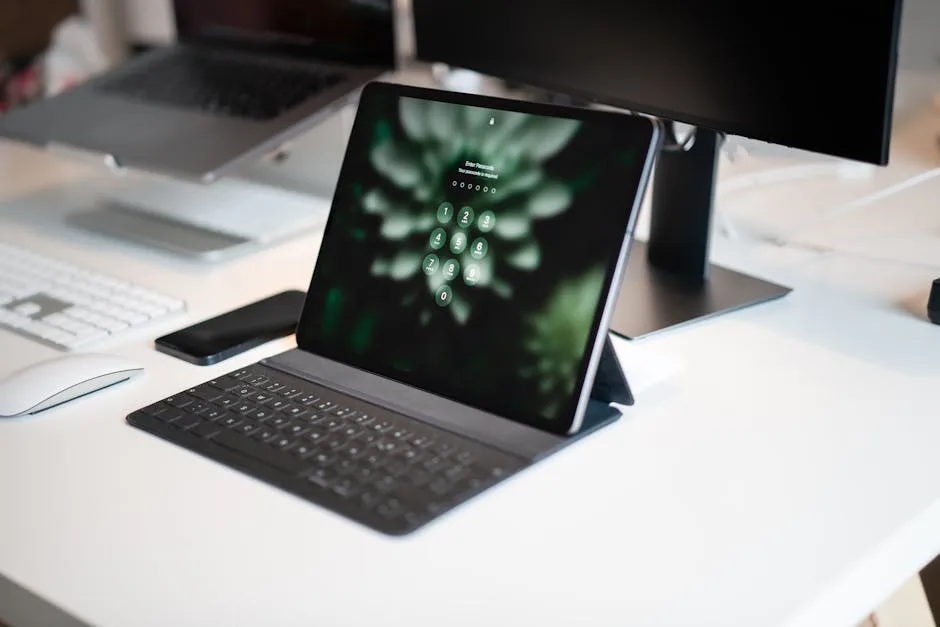
Treatment Options for Persistent Pins and Needles
Medical Treatments
Experiencing frequent pins and needles can be quite bothersome. If this sensation is persistent, it’s essential to know when to seek professional help. For many, the first step is a visit to your healthcare provider. They can evaluate your symptoms and determine the underlying cause of your paresthesia.
When you should consider seeing a doctor:
- If you notice the sensation occurring frequently or worsening over time.
- If it’s accompanied by additional neurological symptoms, such as weakness, vision changes, or difficulty speaking.
- If the tingling doesn’t resolve after changing positions or relieving pressure.
Once you’ve consulted with a healthcare professional, they may recommend various treatment options based on the identified cause of your pins and needles:
- Medications: If diabetes is the culprit, managing blood sugar levels is crucial. Medications such as insulin or oral hypoglycemics can help control glucose levels and alleviate symptoms.
- Physical Therapy: For cases involving nerve compression, like carpal tunnel syndrome or sciatica, physical therapy can be beneficial. A trained therapist can provide exercises to strengthen muscles and improve posture, potentially reducing pressure on affected nerves.
- Nutritional Supplements: If vitamin deficiencies, particularly B12, are causing your symptoms, dietary adjustments or supplements may be recommended. Ensuring you get enough essential nutrients can support nerve health and reduce discomfort. Don’t forget to check out Vitamin B12 supplements for a little extra boost!
- Treatment for Underlying Conditions: Addressing the root cause is vital. This might involve medications for autoimmune disorders, lifestyle changes for those with diabetes, or therapy for conditions like multiple sclerosis.
- Surgery: In more severe cases, surgical intervention may be necessary to relieve nerve compression. If conservative treatments don’t help, your doctor may suggest procedures to correct structural issues impacting nerve function.
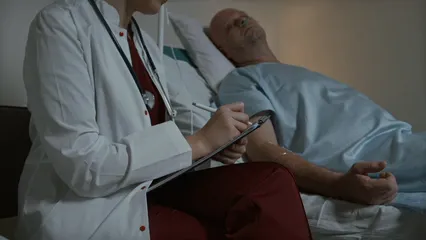
Understanding the right treatment approach can significantly improve your quality of life. Regular check-ups and an open line of communication with your healthcare provider will help you manage symptoms effectively and keep those pesky pins and needles at bay.
Home Remedies and Self-Care
When those pesky pins and needles come knocking, fear not! There are some simple home remedies to alleviate that prickly sensation. First on the list? Warm baths. A soak in cozy water can promote blood circulation and help nerves unwind. Picture yourself in a bubble bath, sipping on a drink, as the warmth washes away that tingling annoyance.
Then, there’s the classic massage. Treat yourself to a gentle rubdown in the affected area. Whether it’s your arm, leg, or foot, a good massage can work wonders. It’s like sending a little love note to your nerves saying, “Hey, I’m here for you!”
Hydration plays a crucial role in supporting nerve health, too. Dehydration can lead to cramping and nerve irritation. So, keep that water bottle handy! A balanced diet is equally important. Incorporate plenty of fruits, vegetables, whole grains, and healthy fats into your meals. This can ensure your body gets essential vitamins and minerals, particularly B vitamins, which are vital for nerve function.
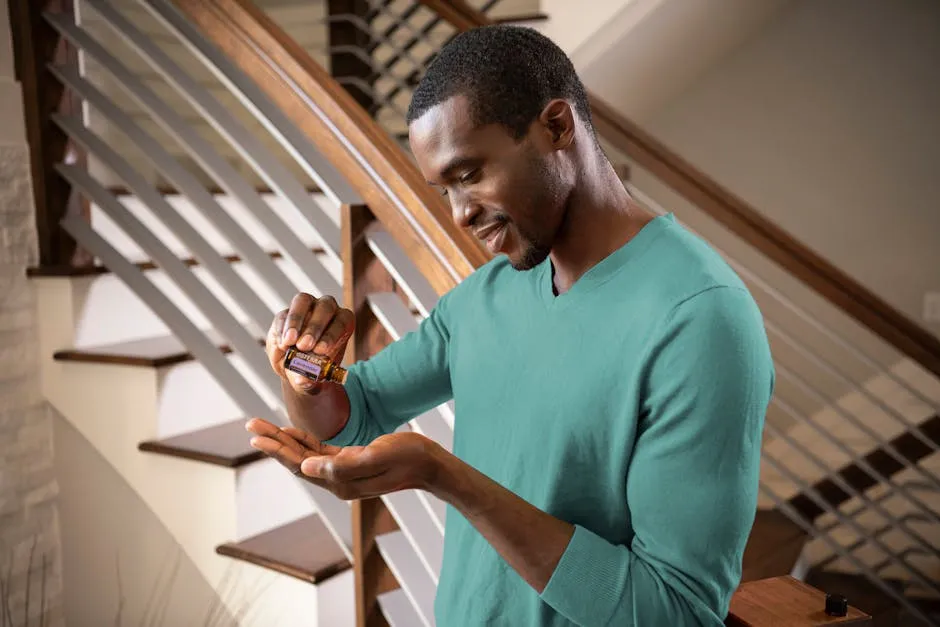
Now, let’s sprinkle in a bit of fun! Think of your body as a well-tended garden. Just like plants need water and nutrients to thrive, your nerves do too. By nurturing your body with proper hydration and nutrition, you’re paving the way for healthy, happy nerves.
Conclusion
Understanding why we experience pins and needles is essential for maintaining our health. These sensations, often harmless, can be annoying and perplexing. Knowing the causes helps us manage them better and prevents unnecessary worry. Proactive self-care like proper posture, hydration, and a balanced diet can significantly reduce their frequency.
If you find yourself grappling with persistent pins and needles, it’s crucial to consult a healthcare professional. They can help identify any underlying conditions that may require attention. Remember, while occasional pins and needles can disrupt your day, they are typically manageable with the right approach.
So, the next time you feel that familiar prickling sensation, take a moment to breathe and adjust your position. Most importantly, keep a sense of humor about it! After all, it’s just your nerves reminding you to keep moving and grooving through life. With some simple self-care steps, you can keep those pesky sensations at bay and enjoy your daily activities with ease.

FAQs
What Causes Pins and Needles?
Pins and needles, or paresthesia, often arise from pressure on nerves, leading to temporary sensations of tingling or numbness. Common causes include awkward body positions, tight clothing, or prolonged inactivity. More serious conditions, like diabetes or nerve damage, can also contribute to these sensations.
Are Pins and Needles Dangerous?
In most cases, pins and needles are harmless. However, if the sensations persist or occur with other symptoms like weakness, vision changes, or difficulty speaking, it’s essential to seek medical attention. These could indicate a more serious underlying condition.
What Can I Do at Home for Pins and Needles?
At home, you can relieve pins and needles by changing positions, gently massaging the affected area, and keeping hydrated. Stretching and taking warm baths can also help improve blood circulation and alleviate discomfort.
When Should I Consult a Doctor?
Consult a healthcare provider if you experience frequent or persistent pins and needles, especially if they’re accompanied by other symptoms like weakness, numbness, or sudden onset. These could be signs of a more serious condition that requires evaluation.
Can Lifestyle Changes Help Prevent Pins and Needles?
Absolutely! Maintaining good posture, exercising regularly, and wearing well-fitting shoes can significantly reduce the likelihood of experiencing pins and needles. Additionally, a balanced diet rich in essential vitamins can support nerve health.
Is It Normal to Experience Pins and Needles Frequently?
While occasional pins and needles are normal, frequent occurrences may warrant a closer look. If you notice these sensations becoming a regular part of your life, it’s a good idea to consult a healthcare professional to rule out any underlying issues.
For a deeper understanding of why we experience this sensation, check out this article on why we get pins and needles in our limbs.
Please let us know what you think about our content by leaving a comment down below!
Thank you for reading till here 🙂
All images from Pexels




